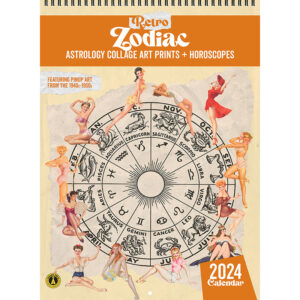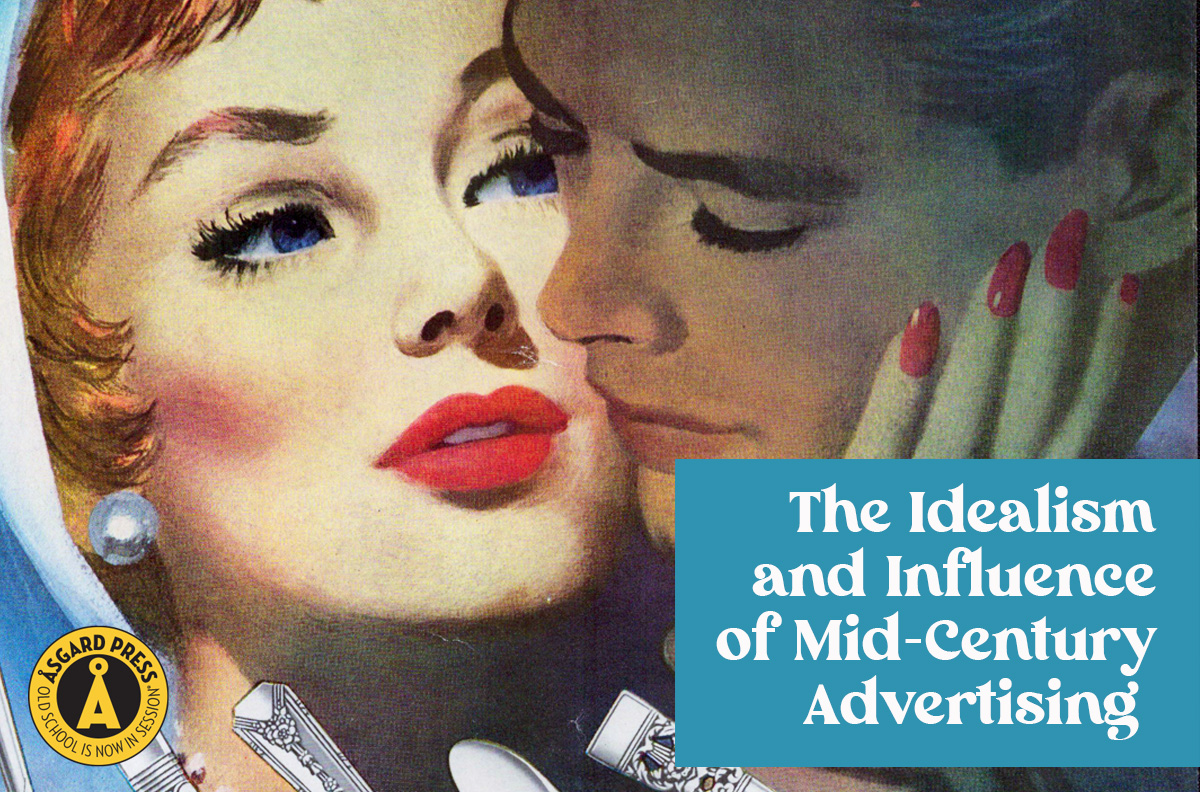The Idealism and Influence of Mid-Century Advertising
As America emerged from the dark days of World War II, the nation’s new-found optimism was fueled by a surge in economic prosperity, enabled by low interest rates and low unemployment, and high demand for goods and services. The 1950s saw a huge shift in consumer culture brought about by post-war economic boom and technological advances, along with a focus on suburban living and the nuclear family. As a result, advertisers of this era embarked on an artistic journey that would transform print advertising with bright, vibrant colors, sleek designs, and a direct appeal to the growing consumerism that marked the era. In the pages of many glossy magazines could be found an increasingly idealized American dream.
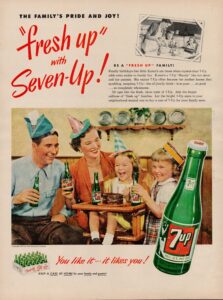
The post-war prosperity meant that more Americans were able to buy homes, cars, appliances, and stylish clothing. With prosperity came optimism, with many more people believing that they could achieve that American dream. Advertising tapped into this sentiment, setting a tone of aspiration and glamor that led viewers to buy the latest items to keep up with their neighbors, be seen as modern and successful, or feel good about themselves. Ads for nutrition, skin care, and beauty products set new standards for appearances that many people, particularly women, began to see as desirable.
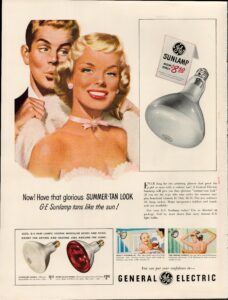
Mid-Century Design: Colorful, Sleek, and Futuristic
The result of this mid-century boom in advertising was an aesthetic that embraced brightly colored illustrations, expanded typographic styles, an approach to human subjects as characters, and idealized scenes of everyday life. The advertising of the 1950s is iconic and immediately recognizable as originating from within the era. Illustrators such as Al Parker, who defined the new look of idealized glamor, and Jon Whitcomb, who created highly emotionally appealing artwork of women, were key influencers in the look and feel of the advertising of the “baby boom.” Artists like Norman Rockwell and J.C. Leyendecker were sought after for their ability to bring a heightened sense of realism and relatability to advertisements. The goal of these artists was to create an emotional connection with the audience and convince them to aspire to the lifestyle depicted in ads.
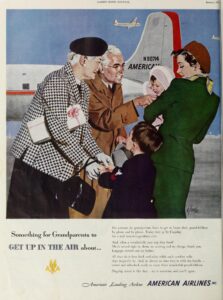
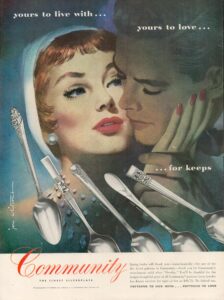
With the advent of advances in science, technology, and space exploration came modernist design principles, incorporating a clean, streamlined aesthetic including geometric shapes, sleek lines, and futuristic imagery into many advertising campaigns. The Atomic Age and Space Race heavily influenced this style, with ads often featuring rocket ships, atomic symbols, and references to the latest scientific breakthroughs. This imagery aimed to associate the advertised products with progress, innovation, and the promise of a better future. Today, this futuristic style is many people’s reference point for mid-century advertising.
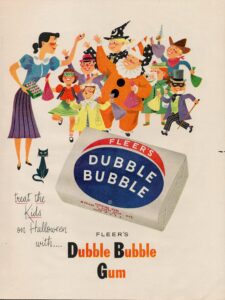
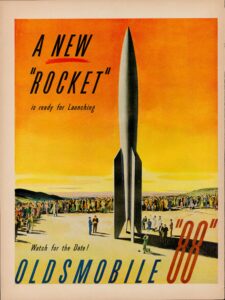
The Dark Side of Idealism
Though the bold illustrations of happy, smiling families and technological progress were representative of the optimism of the post-World War II era, there was a dark side brewing. The glamor and aspiration depicted in mid-century advertising were, some would argue, the seeds for low self-esteem and competition, particularly among women. Many women who experienced independence and a sense of purpose while working during World War II found themselves pushed back into the mold of stay-at-home wife and mother by the popular culture that was splashed across magazines. Nearly unattainable beauty standards and a cultural norm expecting them to look for a husband splintered a unity many women found while collectively contributing to the war effort. To this day, advertising is frequently under fire for setting standards that many people find difficult to meet and often feel are detrimental to their well-being.
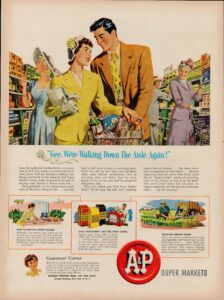
A Modern Celebration of Mid-Century Advertising
Here at Asgard Press, we would like to celebrate the mid-century advertising design aesthetic while bringing it into the modern era, minus the unattainable standards. Therefore, we bring you the 2024 Retro Honesty in Advertising Calendar, the fourth edition in our series. This calendar is a collection of 13 advertising prints, updated for today’s pain points. The beauty of 1950s illustration takes on 21st century problems like AI, Wi-Fi, stress, and online etiquette through an embrace of snark and sarcasm. Enjoy a preview here.
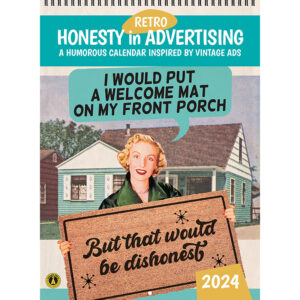
For even more amazing 1950s illustration, check out our brand new 2024 Retro Zodiac Calendar featuring mid-century pinup art (don’t worry, it’s all safe for work) for each astrological sign. You can preview it here.
